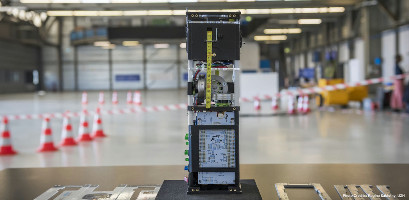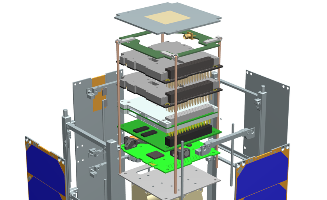| Satellite | SAGE |
|---|---|
| Spacecraft type | CubeSat |
| Units or mass | 3U |
| Status | not launched, expected in 2025 |
| Launcher | Falcon 9, (Transporter-14) |
| Entity name | ETH Zurich (Federal Institute of Technology) |
| Institution | University |
| Entity type | Academic / Education |
| Nation | Switzerland |
| Partners | ARIS (Akademische Raumfahrt Initiative Schweiz) |
| Oneliner | |
| Description |
|
| Notes | |
| Sources | [1] [2] [3] [4] |
| Photo sources | [1] |
Last modified: 2024-12-29


